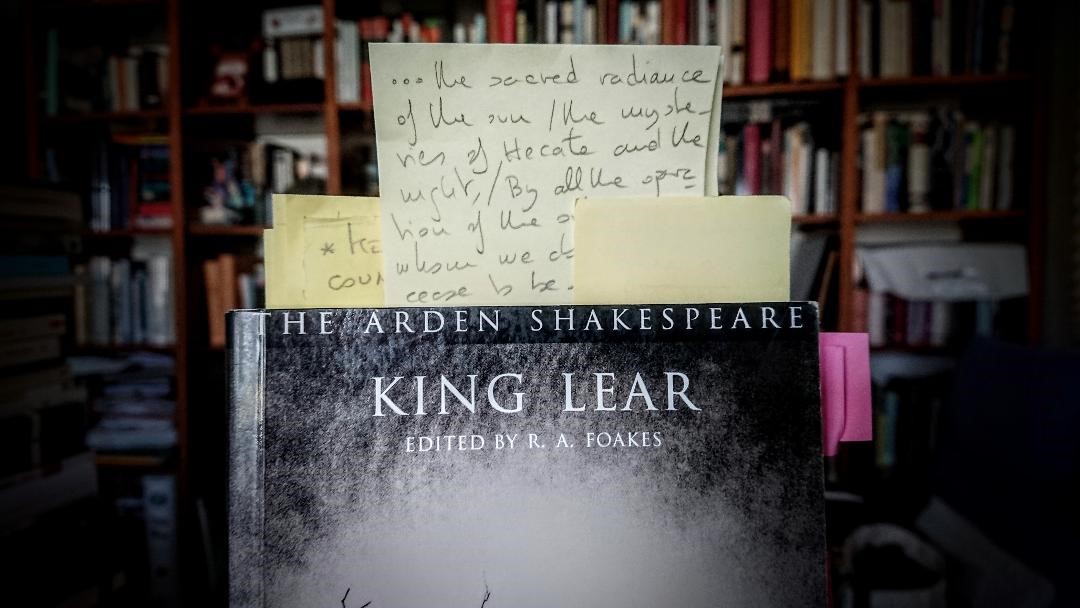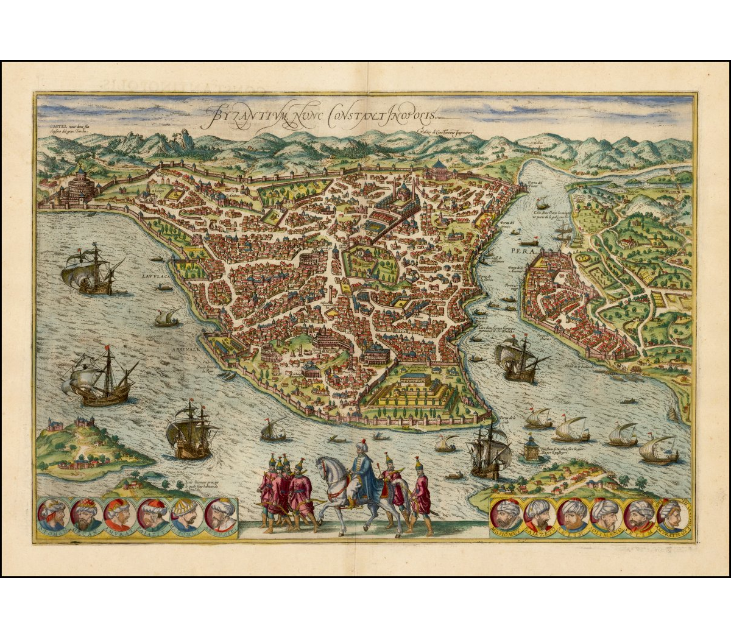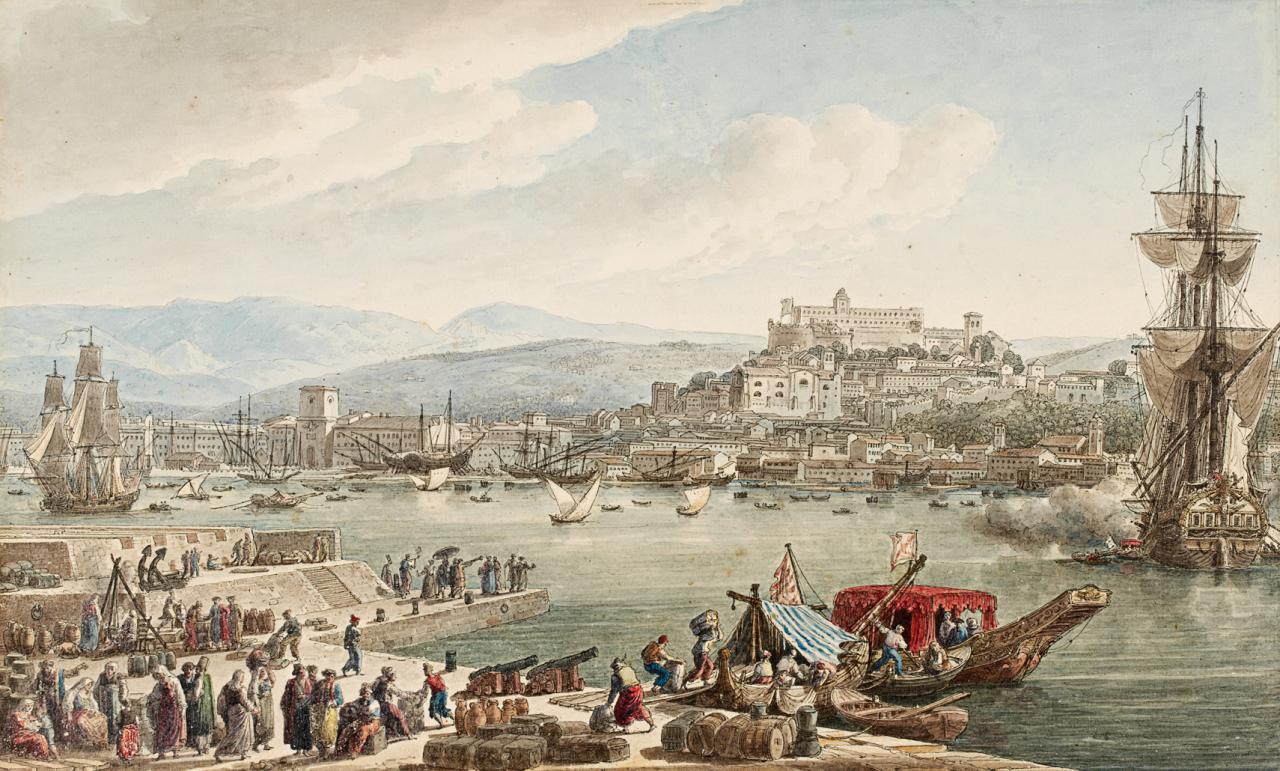José María Pérez Fernández, How To Do Things with Paper in King Lear
EDMUND: If the matter of this paper be certain, you have mighty business in hand CORNWALL: True or false, it hath made thee Earl of Gloucester. King Lear, 3.5.15-18 (All quotations are from the Arden Shakespeare edition, London, 2016) This exchange in the third act of Shakespeare’s King Lear reveals the role of paper as a trope that denotes the messages recorded in this medium alongside their performative power. Edmund, the arch-villain in the play, plots to betray his father, Gloucester, and his half-brother, Edgar, for the sake of self-promotion at court. He does so by weaving an intricate web of letters that manipulate the opinions and views of powerful political agents at court. It is no less significant that in his exchange with Cornwall, the latter claims that the consequences of the “matter of this paper” will take effect irrespective of their veracity. That paper will, indeed, will bring about Gloucester’s downfall and elevate Edmund to his title instead (1.2.1-182, in particular 1.2.23-61). Paper matters of this sort do not just constitute the semiotic infrastructure for Edmund’s strategy: they [...]




